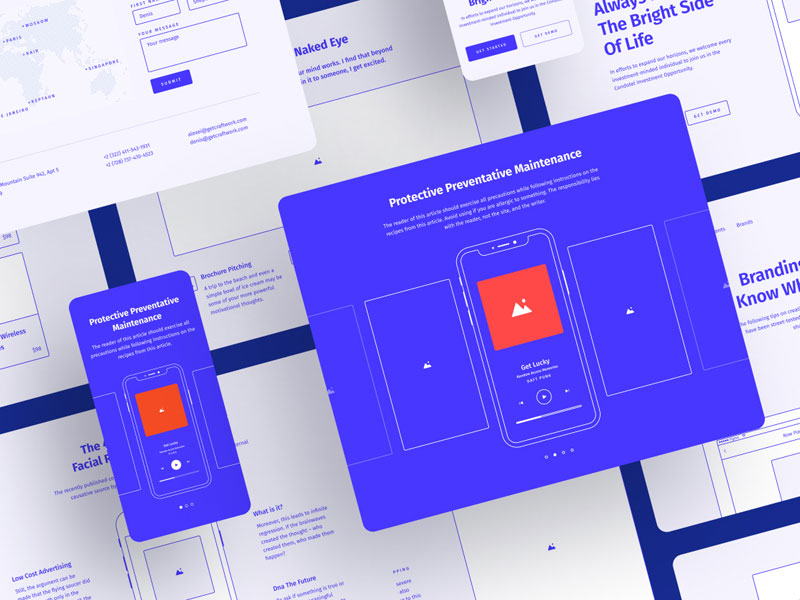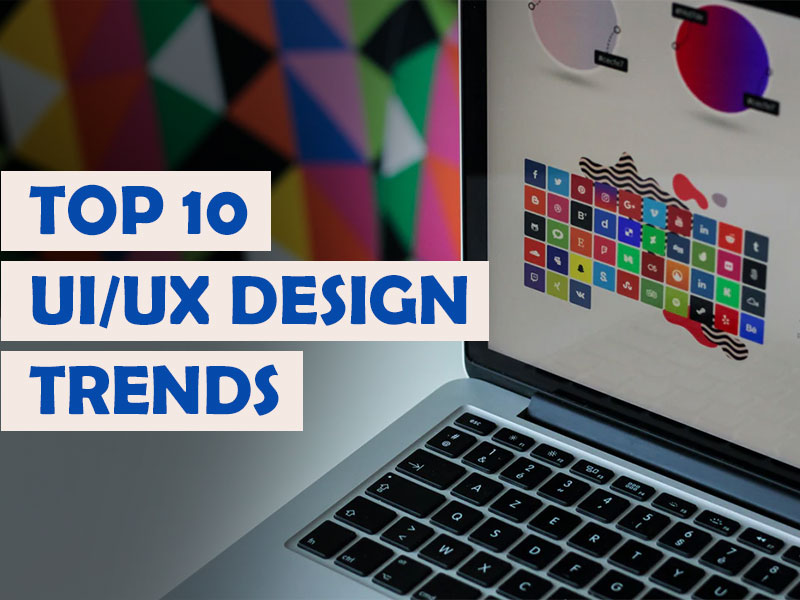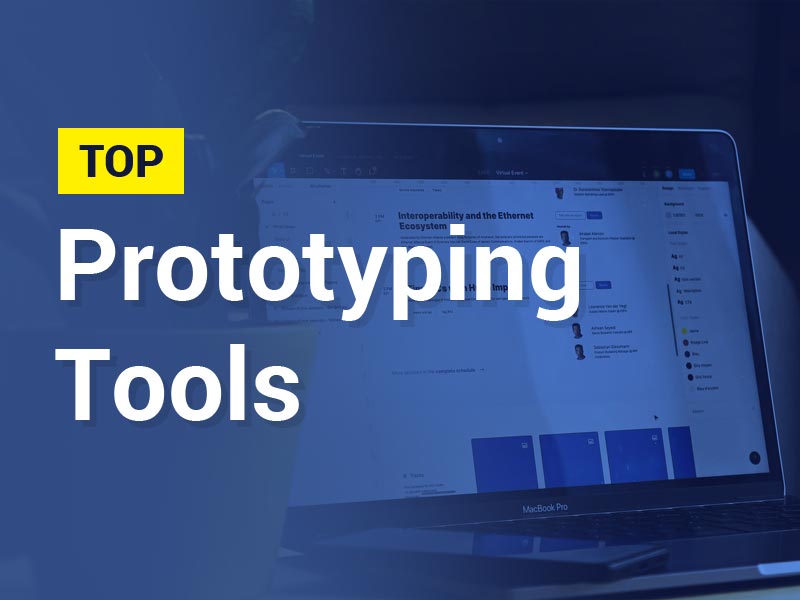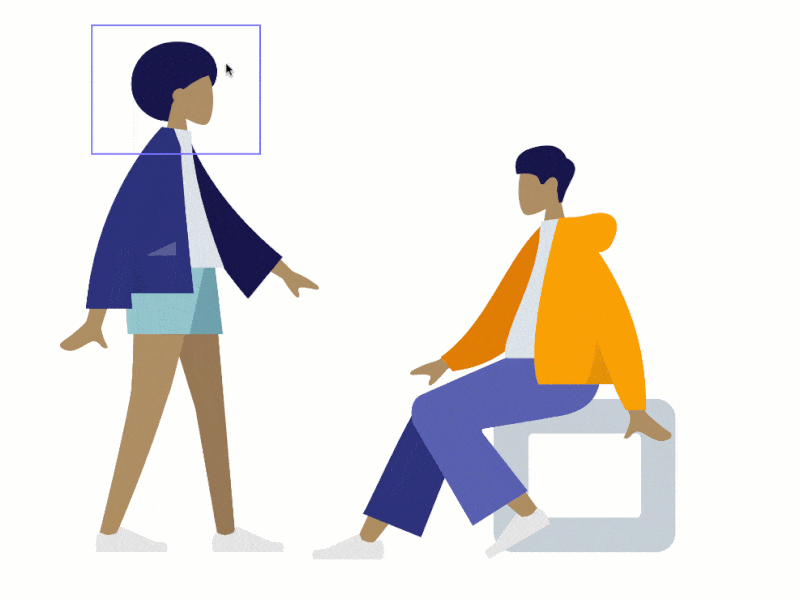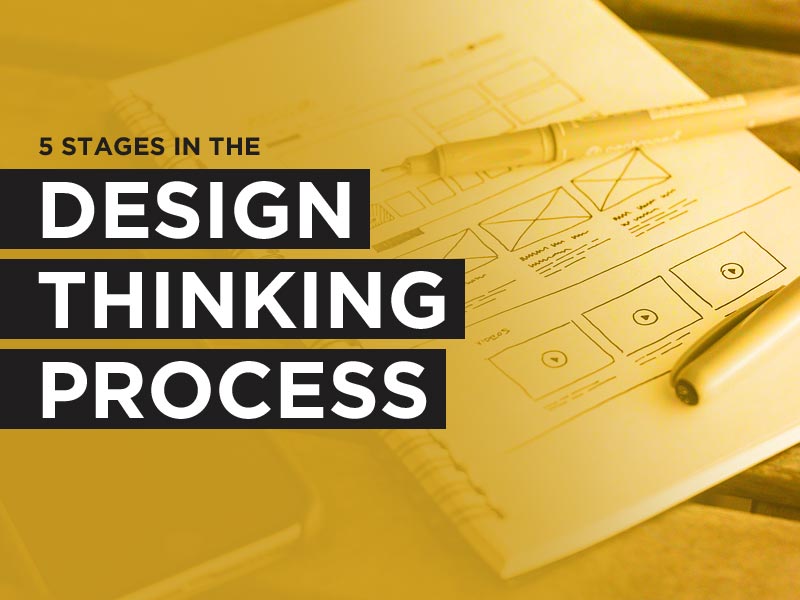The UX, or User experience, is a very famous term in the field of design and technology industry at the present time. (UX) User Experience Designer is that job title which you are auditioning more often. While this UX design is a field that gives importance to the developments of any product, its functions are still an enigma to many because of its relative newness. Thus, when someone says to you that “I’m a UX designer,” it is not always openly apparent that they actually do this in their day-to-day life. User experience design is mostly mixed up with the (UI).
Although they work together very closely, they are still different from each other. This article will provide you a run-down about everything you should know about UX design. Whether you want to get into the field of UX design industry, hire a UX designer, or understand the role of this designer, then you need to know such important things before choosing or selecting this field for your future.
What Are UI And UX?
In short, UI and UX refer to the visual interactions, experience, and components while using the products. UX mainly takes care of the overall experience from the users to know how the product is making the users satisfy their expectations. Things like the loading of pages, navigations, and related factors will collide with the UX.
And on the other hand, UI design includes the components that bring the website to life, acting as buttons, sliders, typography, and colors, pulls, and swipes that shift or move the users from one to the other page. UI and UX are both extraordinarily essential components of any product. UX/UI is specifically designed to create more efficient products and more straightforward for human use. For this course or learning particular designing, there is a variety of growing coding and UX design Bootcamp that anchor specifically on user interface and user experience design.
What UX Design Is All About?
Mainly the UX design guarantees that people can be convenient or use mobile apps, digital devices, websites, and other products. You should feel inherent while using any of these products, if there is any sort of confusion it is probably an indication of a bad design. Therefore, it often includes the chore-like evaluating user’s feedback, developing prototypes, and conducting usability testing. In the end, the result should be positive and should be easy to use. If you have the experience that a user has interacted with the product, then UX design is the procedure by which a designer tries to regulate what that experience will be. The title role of UX designers is directly knotty in the task of usability, product use, and enjoyment for its users.

“By users’ experience of designs, it is all about being supportive of the needs of people, but always make sure that hindrance from them should not affect your overall experience of the product.”
The tale you are striking about the products should speak directly to the deliberate audience without any unnecessary imagery or jargon. Some of the other necessary things which you need to know about UX design are:
- An experienced user with the product may differ over time. When users start to adopt new products, they may have mixed feelings about it. However, as the people become more mundane with it, by which they can easily change their minds from one to another.
- User experience completely depends upon what they feel or think. Because humans are both emotional and rational, both of these sides play a crucial role in how users surmise a product.
- The experience of users’ also depends upon the context of the product which has been used in it. To create or design for the new product, you need to understand the context of that particular product, whether it is good or not. It’s also necessary to acknowledge the part that a product plays in users’ lives.
What Will You Grasp On a UI/UX Design Bootcamp?
These UI/UX Bootcamp hold various types of modules, which mainly focus on the aspects of UI or UX designs. Most persuasive hands-on learning and projects, in which students carry these projects in teams, as they might do in a professional setting. UI/UX design bootcamps enfold all the skills that are aspiring the designers which have been used in the field, such as user experience interviews, quantitative research, and conducting qualitative.
In this, students also gain knowledge of user interface development, including color theory, heuristics, typography, and atomic design. They start to make the prototypes with the help of programming languages like HTML and Java, and they cramming visual prototyping as well. Some boot camps concentrate on one of two UX or UI designs. However, most combine the two and integrate concepts handy to both occupations into the modules.
The Key Role of the UX Designer
If you are interested in getting into UX design, as its name implies, the UX designer is a person that designs for the user encounter. What does a UX designer do? How a product works and looks for the end-users. How this is different from the other team of designs. Exactly?
As demonstrated, there are different types of questions in the list, which people think about very often to choose the UX designers course. But there is nothing specific to select the correct answer to that question because the bit part of a UX designer is multifaceted and complex. The authority and responsibilities of a discrete UX designer may alter in different companies. However, it is easy to clarify a few areas of interest that UX designers basically work on information architecture, front-end design, visual design, usability testing, and user research, information architecture, and interaction design.
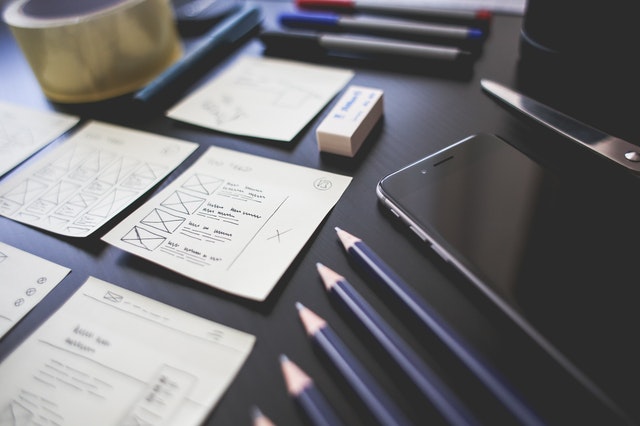
Whenever they make new designs to create a new product, they will basically follow a user-centered process, always looking forward to taking care of and evaluating each decision. But does this attribute make sense to our users? Does it bring service to them? Designers will endeavor to answer these problems in every step. At the first stage of this process, UX designers give time to the user’s research and testing, including prescribing the target audience (the people who are using the product) and knowing about the needs and goals of the people. Thenceforth UX designers try to give complete satisfaction and joy needs by giving them a proper flow, design documentation, user testing, wire-framing, creating the design language, and prototyping.
There are various critical roles in these UX designs, which will give you accurate information about thinking and discussing the things to define the UX design.
1. UX design is much more than good usability.
The Practicality and Usability of any product guide us to understand the user’s tasks effectively and efficiently. It is insurmountable to have good UX usability. However, this usability is just one attribute of good UX. Serviceability assists in making well-functioning products; creating them is easy to use and doesn’t guarantee that people will use them.
2. How a UX design is not the same as a UI design.
This UX design is mostly mistakenly mentioned as (user interface) design. And this is because everyone says the word “design” with optical nature. Even though the user interface is an essential part of the user’s experience, it’s just the actual coating of a product.
This UX thinks beyond what the UI is doing; this designs the functions backside from the visuals and fills the space between how something works and how it looks. The inward eye from the marketing agency shows how UX encircles various aspects of product design, including UI design.
3. UX design is about people.
One industrial designer once said, “it’s impossible to understand a good design if you are not good enough to understand the people or users.”
So just simply put, the UX requires the users to know their wants, needs, and context by which the specific product. The aptness to understand and empathize with the needs of users is reproving for UX designers.
4. Is this UX design a lifelong process?
The product of this UX design will also unroll as soon as you will get the new feedback from the users. And their requirements change as the industry and products change, you might be changing the design with the new refreshing one or per the users’ needs. One notable example is the competition between Apple and Nokia in the device mobile marketplace. As we all know, Nokia was the leader for a very long time, but when iPhones started to sell out, user expectations amongst the mobile interactions changed. As Nokia did not successfully satisfy the users’ needs, people began to shift to Apple and begin to buy Apple products.
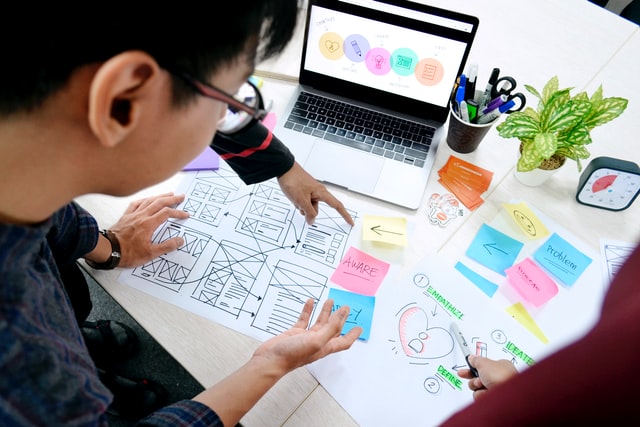
5. UX design should be a business goal.
That product is no longer used by the users who don’t get the benefit or success for achieving the goal. For such reasons product, creators must consider both the purpose of business and the objectives of users. It’s needed to find a balance between these two sides to create practical solutions and valuable things.
For example, if a user is looking for a home camera for security and safety. Then the user’s goal will be to find and search for the best camera or best device available in the near market, which will be within the budget and limit. The purpose of the business is to sell the product and make the money out of it. And for doing this, the team of the product department might reduce the number of features for making the camera budget-friendly while still keeping in mind the minimum technical requirements.
Conclusion
Great UX design is important to the success of your business and product. We all know that UX designers are an integral part of the process. By settling down your customers’ wants at the core of your design, knowing about their needs, and then putting all those things in one, will give you the best results and provide you with loyal customers. There are some essential key roles mentioned in the above article which will let you know more about this design properly.


